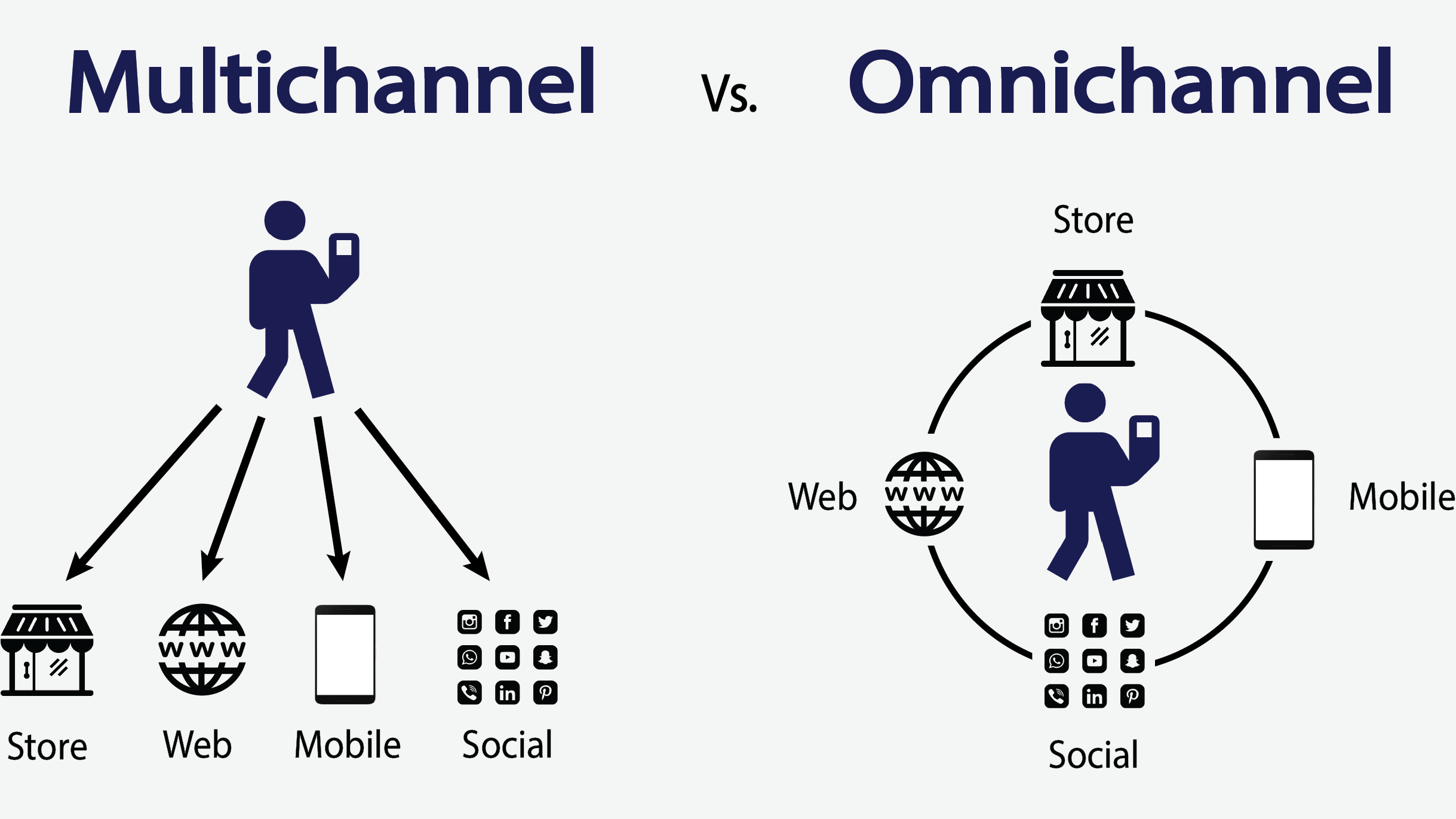Think about how you spend your day. You wake up and can immediately get into your work mail, because you are holding the phone on which you turned off the alarm. Or maybe you just open your personal mail, where there are already mailings from brands or other mailings to which you subscribe, and you read them. Or you go to messengers, as someone wrote to you there. Or you go to social networks, just to see what someone downloaded there while you were sleeping. Have you ever noticed if you come across any information from various companies and brands at these stages? Are you subscribed to them?
Let's say there are topics that interest you, and a brand is actively writing about it. You regularly read the publications of the brand, you are subscribed to it. You already have a certain image of a brand inside you. And once you decide to buy a product your choice may fall on the manufacturer that has reminded you of itself for a long time. You write that brand in Instagram messages that you would like to buy. They drop you a link to a product on the website or immediately place an order right during the conversation. After you go to their store or point of issue, there you communicate with the seller, pick up something else. And make a purchase with upsells. This is how omnichannel works.
What is omnichannel?
Omnichannel is a system that connects all communication channels with a client into a single whole. Any part of the sales funnel is done so that the client is as comfortable as possible. And at the same time, you still achieve your goals on any channel, because a client can come from different channels.
We think it will be easier to show with examples.
Starbucks
A chain of coffee houses that became famous for writing the names of guests on cups. Starbucks has a mobile application, by downloading which you get a free loyalty card. You can use it with every purchase. Accordingly, Starbucks will know what you drink, when and how often. For purchases you get stars that can be spent on positions in the menu. Through game mechanics, the company attracts you to its establishments: more stars are given for certain actions. In the same application, you can order a drink and pay for it through a virtual barista (chat bot). In addition, you can place an order using the Amazon Alexa voice assistant. Then run into a coffee shop and pick it up right away without standing in line. Thus, the company uses different approaches to its customers, allows them to choose the methods of communication and interaction, but at the same time studies them in order to further improve the quality of its services and offers personally for this guest.
Sephora
Sephora offers customers its website, mobile app and retail stores. The company also has a loyalty system. Its participants can attend beauty and makeup workshops. You can log into your account directly in the store. The history of your views on the site and in the mobile application is saved, you can mark "liked" products. After that, you may receive messages about price reductions, about similar products. You can make purchases at retail stores, or you can order at the post office.
What's the difference from multichannel?
Multichannel does not allow tracking customer behavior. It does not bind all communication channels. And it does not allow tracking the communication of the client with the company as a whole.
What is this for? What are the advantages of business?
- By collecting customer data, you create a clearer portrait of your target audience, you can work out personalized offers based on their needs and behavior.
- Collect a large audience.
- You create a unified style of communication with a client, a strategy of behavior and reactions in various situations.
- You equalize the service at all sites.
- Constant heating of interest.
What are the advantages for the client?
- Convenient and intuitive interface for communication.
- The history of purchases and inquiries is saved, there is no need to explain the problem again to each employee.
- Nearly constant connection with the brand (some companies hire employees from different time zones to keep in touch 24/7)
- Quick solution of issues.
- Uniform service standard.
- Create or optimize a CRM system
- Study the audience and their preferences in using certain services, social networks
- Think over possible ways of communication with the client and communication channels, their goals
- Develop a uniform standard of service
- Create a brand account if you don't already have one. Important: Study your audience and the social networks they use most often.
- Consider how a uniform service standard can be used in them
- Create useful content that will be interesting to read
- Communicate with the audience, respond to their messages, be a “living” brand
- Create various advertising banners in search engines and social networks
- If you have resources, create an e-mail newsletter to remind you of yourself




